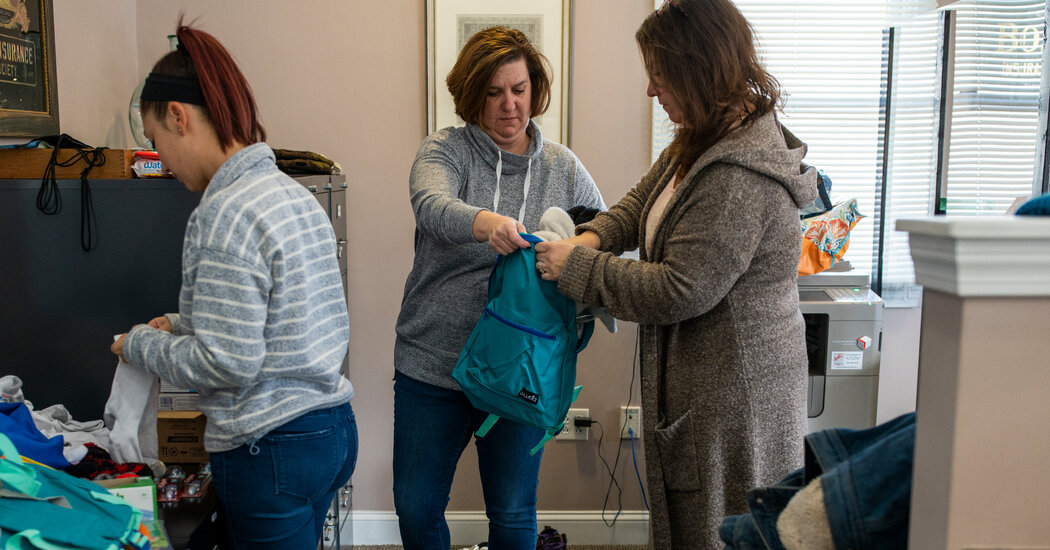
Be sure to ask what rules the organization has in place to keep volunteers safe. Some require their volunteers to be fully vaccinated and masked, for example. If you’re feeling uneasy about indoor settings, you can choose to volunteer in well-ventilated, uncrowded places, or outdoors.
Even during the height of the pandemic, Patricia Novy of Clark, N.J., 72, a retired art teacher and former Girl Scout leader, rallied former teachers, family members and neighbors to fill Easter baskets and Christmas stockings for those who could not afford them. They were distributed by Family Promise, an organization that assists low-income families with housing and other services.
“I was determined not to let that lockdown situation bring my mood down,” Ms. Novy said.
The type of activity you choose matters less than whether you find it meaningful, said Ms. Walker, the “400 Friends and No One to Call” author. In her 25 years as a rehabilitation counselor, mostly in Virginia and Maine, she placed her clients in volunteer activities to help them build confidence and develop social skills.
“They used volunteering as a bridge to help them reconnect to the community,” Ms. Walker said.
Some worked toward a political or environmental cause. Others were driven to share a passion, like woodworking.
Think also about the type of environment in which you would like to volunteer and whether it will facilitate social interactions, Ms. Walker said.
If you help out at a museum, for example, you can meet larger groups of people than if you were volunteering one-on-one as a tutor, she added.
‘I have this whole real purpose now’
Some volunteers are driven to heal others — and themselves.
Robyn Houston-Bean, 52, said when her 20-year-old son Nick died of an accidental overdose in 2015 after participating in a drug-treatment program, she went from being “a real go-getter always doing a million things” to sitting numb on the couch for months.
